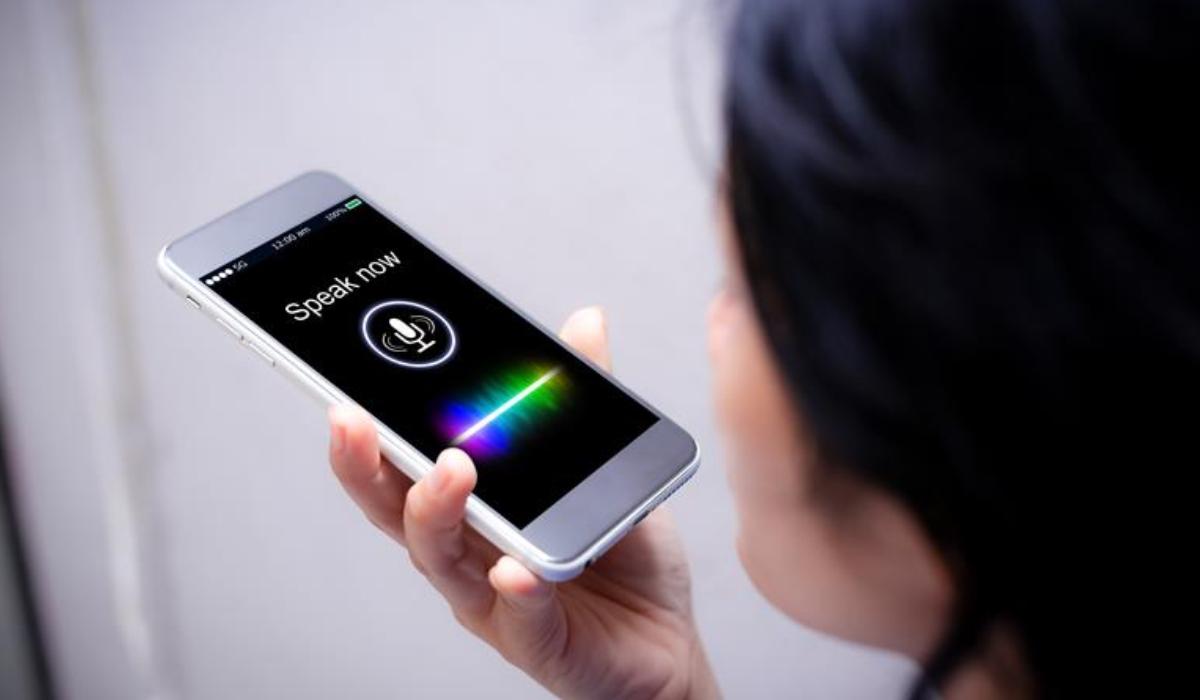You won’t find it on your screen. There’s no button to tap. No dropdown to explore. But it’s there—listening, processing, responding.
Welcome to the world of Voice UI, where your voice becomes the interface and screens are optional, not essential.
As the world leans into hands-free UX and screenless interaction, Voice UI isn’t a futuristic add-on anymore—it’s fast becoming a core design strategy. From driving directions whispered through smart dashboards to grocery lists dictated to kitchen speakers, people are interacting with tech in more human ways than ever before. And for companies building digital products, this marks a seismic shift in how we approach user interface design.
Because in a screenless future, it’s not just about how things look—it’s about how they listen, how they respond, and how they earn trust without ever showing a pixel.
Talk Is No Longer Cheap - It Converts
There’s a reason why brands like Amazon and Google have invested billions in voice ecosystems. According to Statista, over 35% of U.S. adults use voice assistants monthly. And get this—voice commerce is projected to hit $40 billion in the U.S. alone by 2025. That’s not just growth. That’s a gold rush.
When you remove the screen, you remove friction. No endless scrolling, no visual overload. Just intent—pure, raw, and immediate. And where there’s intent, there’s conversion.
So why do most products still treat Voice UI as a ‘nice-to-have’? Because designing for the invisible isn’t easy—but it’s worth it.
Designing for Ears, Not Eyes
The first mistake many teams make is trying to translate screen-based UX into voice. But Voice UI isn’t a translation—it’s a reimagination. Think of it this way: You’re designing a conversation, not a dashboard. That means your design thinking has to shift from layout to linguistics.
Use natural language. Anticipate varied phrasings. Offer graceful recovery when a command fails. Every “Um,” pause, or mispronunciation is a test of how human your product feels. At BlendX, we map out conversational flows with the same rigor others apply to wireframes. Because voice-first design is still design—it just lives in your mind, not your retina.
Voice UI = Inclusive UX
Here’s a truth the industry doesn’t talk about enough: Voice UI is more accessible than any other interface we’ve ever built. For people with motor disabilities, visual impairments, or low literacy levels, speaking is often easier than typing or tapping. That makes Voice UI not just a feature—it makes it a force for equity.
But it’s not just about compliance or empathy. It’s about reach. A voice interface that understands diverse accents, dialects, and even background noise? That’s not just inclusive—it’s market-ready.
Zero UI, Infinite Possibilities
Ever heard of Zero UI? It’s the design philosophy that says the best interface is no interface at all. When your thermostat responds to your presence, or your car starts navigation because it knows where you’re going—that’s Zero UI in action.
Voice is the gateway to this ambient intelligence. As designers and marketers, we must ask: How do we build trust in invisible systems? How do we communicate functionality when there’s no screen to guide the user?
At BlendX, we use a hybrid approach—voice as the primary interface, supported by subtle haptics, audio cues, or contextual visuals. The goal? Make the product feel like an extension of the user—not another system they have to learn.
The Business Case for Voice
Let’s get pragmatic. Why should a product owner or CXO invest in voice today?
Because discoverability, retention, and conversion all improve when your interface fits into the user’s life, not the other way around. Because users don’t want more screens—they want smarter interactions. Because every second saved is a dollar earned. And because the companies that will dominate tomorrow are building for intention, not attention.
BlendX helps brands create voice-first product experiences that aren’t just functional, but emotional. Whether it’s VUI for fintech apps, voice-triggered AR overlays, or natural-language workflows for healthcare—we design experiences that speak human.
Ready to Speak Their Language?
The future isn’t in more screens. It’s in smarter, silent, screenless systems that understand, anticipate, and respond. That’s the voice-enabled, experience-first world we’re building at BlendX.
Want to build a voice-first product thatd actually works?
The future isn’t in more screens. It’s in smarter, silent, screenless systems that understand, anticipate, and respond. That’s the voice-enabled, experience-first world we’re building at BlendX.
Want to build a voice-first product thatd actually works?




